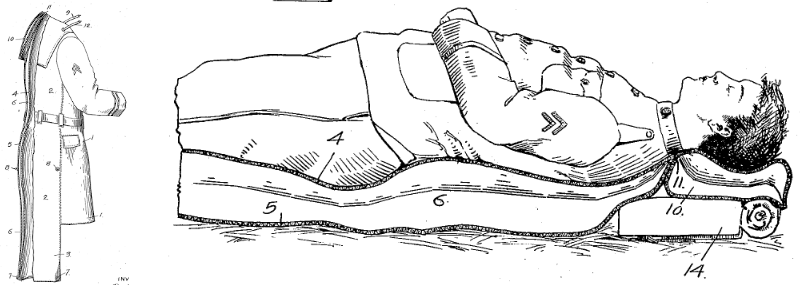During a visit to the Auschwitz-Birkenau Museum in 2016, University of Michigan music theory professor Patricia Hall discovered handwritten manuscripts of popular songs of the day. This one, “The Most Beautiful Time of Life,” is a light foxtrot based on a song by Franz Grothe, a popular German film composer. The prisoners had arranged it for the available instruments and musicians and probably performed it before the commandant’s villa in Sunday concerts for the Auschwitz garrison in 1942 or 1943.
“This was for the SS personnel,” she explained. “It was about a three-hour concert that was broken up into stages, and at one point, they had a dance band so that soldiers could dance. Given the instrumentation of this foxtrot, I think that’s probably what it was used for.”
Two of the arrangers had signed their prison numbers to the manuscript, so Hall was able to identify them: Antoni Gargul, a Polish soldier and a violinist, and Maksymilian Piłat, a professional bassoonist. Both of them survived the war, and Hall believes the unidentified third author may have as well.








